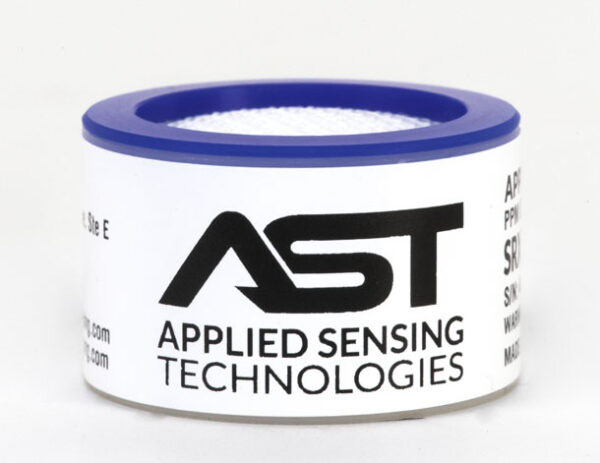PPM O2 Sensor – A Modern Era Invention
The term Parts Per Million – PPM O2 Sensor is usually linked with high-resolution digital display accurate to fraction of a PPM when measuring oxygen concentration in a gas mixture. Such high-accurate measurement is possible only with sensors that are exceptionally sensitive and are unaffected by minor variations in ambient conditions.
What is Principal of Operation of Oxygen Sensors?
These oxygen sensors work on the electrochemical principle, also termed as galvanic electrochemical fuel cell. These sensors are very specific oxygen and measure oxygen level directly in the surrounding air or in a flowing gas stream. Electrochemical oxygen sensor measures a chemical reactivity that produces an electric current output indicating oxygen level. These oxygen sensors work like a battery generating current signal proportional to oxygen concentration, which makes them self-charged/self-powered in the presence of oxygen. This property is used for measuring oxygen in a variety of gas streams, including oxygen in breathing air during underwater diving.
Since these sensors are manufactured under stringent quality procedures, and contain all components within, minimal or no maintenance is required during the useful life of these sensors. Moreover, there is no need to clean electrodes or add electrolytes. Sensors with great precision, maximize the expected operating life while performing accurately. The sensor is designed to operate well in the presence of inert gases such as Nitrogen, Argon, Helium, and Hydrogen, etc., by utilizing standard KOH electrolyte. For gases that contain other reactive gases such as CO2, sensors utilize acid electrolyte that makes them compatible with such gases. PPM O2 sensor is considered very accurate and reliable throughout its measurement ranges.
What are Oxygen Sensors Capable of?
The sensor can quantify oxygen from 0.01 part-per-million to 100% oxygen. To measure oxygen in a certain range, a specific sensor is needed. For example, to measure 100% oxygen, a sensor with current signal of 5-10 uA per unit of oxygen is sufficient. On the other hand, to measure oxygen below 1 PPM, a sensor with current signal of 500-1000 uA per unit oxygen is needed. This feature classifies sensors as % O2 sensors and PPM O2 sensors. To prolong expected life of a PPM sensor, it is recommended to use in gas stream with oxygen below 1000 ppm. An occasional span gas or air calibration is also recommended for accuracy.
What are the Specifications of PPM Oxygen Sensors?
- The technology used in oxygen sensors is based upon micro fuel cell principle.
- Response time, 90% of a step change is typically between 6-30 seconds.
- The recommended operating temperature of PPM O2 sensors ranges from 0 to 50°C
- Storage Temperature ranges from 0 to 45ºC
- The expected life span of electrochemical oxygen sensors is 10-24 months on average.
- With proper electronic processing, these sensors can measure oxygen down to 0.01 ppm (10 PPB)
Where is an Oxygen Sensor used?
With a simple physical design and composition, these electrochemical sensors have several advantages and therefore are used in many fields including automotive, health and medicine, industrial, food processing, and beverage packaging. The internal chemical composition of these sensors could be varied to make them compatible with a variety of gas mixtures. Most % oxygen sensors are tuned to measure between 0 and 25% oxygen. However, specific oxygen sensors with capability to measure up to 100% oxygen are also available. The PPM O2 sensor is typically used to measure low levels of oxygen, 0.01 PPM to 1000 PPM.
What are the Challenges?
Electrochemical oxygen sensors are temperature dependent, especially the PPM O2 sensors when used to measure less than 10 PPM oxygen. To get reliable results, it is essential to maintain a specific temperature range during measurement. Chemical reactants present in oxygen sensors will be consumed within a certain time period, usually 1 and 3 years and require periodic replacement. Higher ambient temperature especially above 35 C increases chemical reactivity within the sensors and life span is reduced drastically. In rapidly changing ambient environment, the results obtained from oxygen sensors are not as reliable and sensors require re-calibration frequently.



Leave a Reply